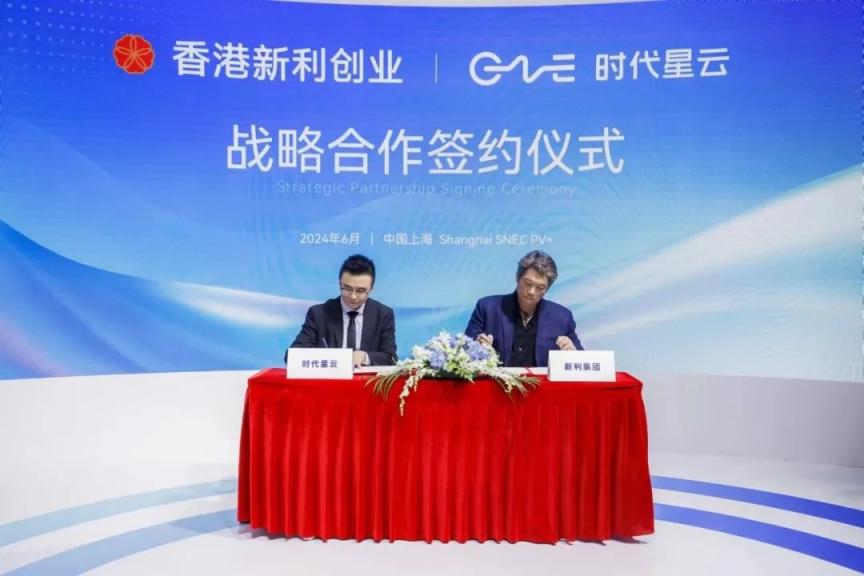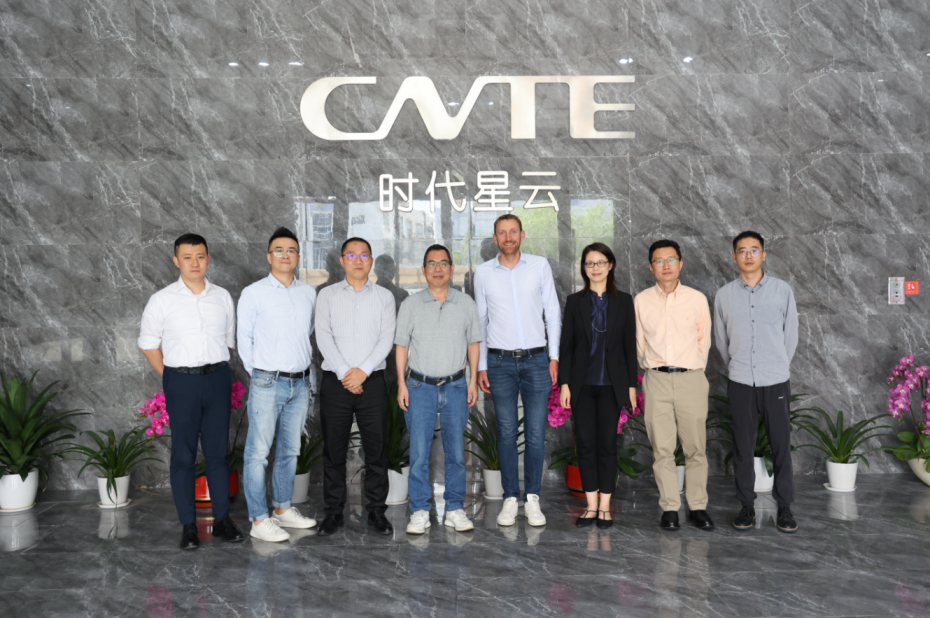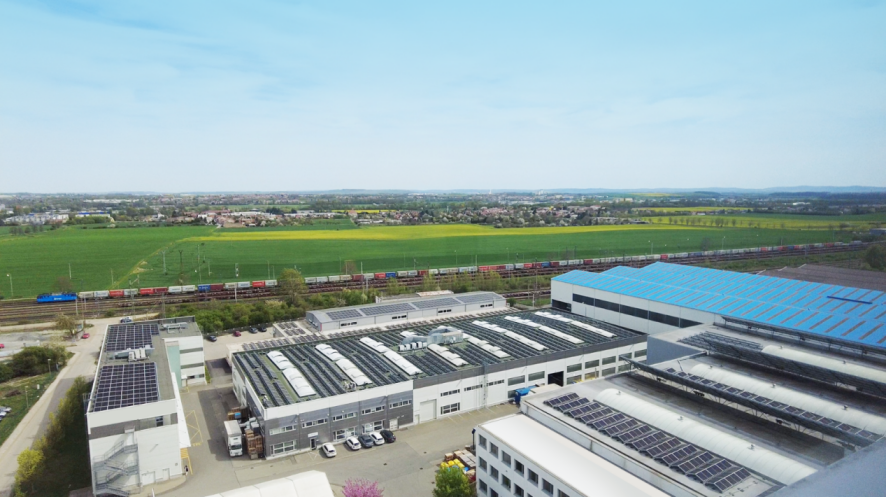Empowering Future: Exploring Battery Storage Company CNTE
Battery storage represents a cornerstone of the global energy transition, offering a versatile and scalable solution for integrating renewable energy, enhancing grid reliability, and reducing carbon emissions. As a leading Battery Storage Company of comprehensive battery storage solutions, CNTE is poised to play a pivotal role in shaping the future of energy storage and empowering a more sustainable and resilient energy landscape.
Introduction to the Battery Storage Industry
The battery storage market has witnessed exponential growth in recent years, fueled by the increasing demand for renewable energy integration. As the world shifts towards sustainable energy sources, the role of battery storage becomes pivotal in overcoming intermittency issues associated with renewables such as solar and wind power. This introduction delves into the overarching trends, projections, and applications shaping the battery storage landscape.
Overview of the battery storage market
1. Market Dynamics: The battery storage market has experienced remarkable growth, driven by declining costs and technological advancements. According to industry reports, the global battery storage capacity is projected to triple by 2030, with significant investments pouring into utility-scale and residential storage solutions.
2. Renewable Energy Integration: Battery storage plays a critical role in facilitating the seamless integration of renewable energy sources into the grid. By storing excess energy during periods of low demand and releasing it during peak hours, batteries help stabilize the grid and mitigate the variability of renewables.
3. Applications and Industries: Battery storage finds applications across various sectors, including residential, commercial, and industrial. From grid stabilization and backup power to electric vehicles and off-grid solutions, the versatility of battery storage extends to diverse industries seeking reliable and sustainable energy solutions.
Challenges in Battery Storage Implementation
Despite its promising prospects, the battery storage industry faces several challenges that hinder widespread adoption and scalability. Addressing these hurdles is crucial for unlocking the full potential of battery storage technology.
1. Regulatory Hurdles: Complex regulatory frameworks and policy limitations pose significant barriers to the deployment of battery storage systems. Streamlining permitting processes and incentivizing investments in storage infrastructure are essential steps toward overcoming regulatory challenges.
2. Technological Constraints: While battery technology has advanced rapidly, concerns regarding energy density, efficiency, and longevity persist. Innovations focused on enhancing performance, safety, and sustainability are essential for driving the widespread adoption of battery storage solutions.
3. Environmental Concerns: The production and disposal of batteries raise environmental concerns, including resource depletion and pollution. Sustainable manufacturing practices and recycling initiatives are vital for minimizing the environmental footprint of battery storage systems.

Innovations and Solutions in Battery Storage
Amidst the challenges, the battery storage industry continues to witness remarkable innovations and breakthroughs, paving the way for a sustainable energy future.
1. Enhanced Energy Density: Recent advancements in battery chemistries and materials have led to significant improvements in energy density, allowing for more compact and efficient storage solutions. Lithium-ion batteries, solid-state batteries, and emerging technologies like lithium-sulfur hold promise for further increasing energy density.
2. Safety and Longevity: Innovations in battery design and manufacturing have prioritized safety features and longevity. From thermal management systems to advanced battery management algorithms, these developments enhance the reliability and lifespan of battery storage systems, making them more economically viable over the long term.
3. Emerging Trends: The battery storage landscape is witnessing an emergence of new trends, including the exploration of alternative chemistries such as flow batteries and zinc-air batteries. Additionally, advancements in artificial intelligence and machine learning are enabling predictive maintenance and optimization of battery performance.
Addressing Industry Needs: One-Stop Services
In the dynamic landscape of battery storage, the concept of one-stop services has emerged as a game-changer, providing clients with streamlined solutions from consultation to maintenance. CNTE, a leading battery storage company, exemplifies this approach by offering a comprehensive suite of services tailored to meet the diverse needs of its clients.
One-stop services encompass every aspect of the battery storage journey, simplifying the process for clients and ensuring a seamless experience from start to finish. From initial consultations to system design, installation, and ongoing maintenance, CNTE’s integrated approach eliminates the hassle of dealing with multiple vendors and facilitates efficient project management.
The range of services offered by CNTE encompasses consultation, where clients receive expert guidance on system requirements and customization options tailored to their specific needs. Design services ensure that battery storage solutions are optimized for performance, reliability, and cost-effectiveness, taking into account factors such as energy demand, grid integration, and site conditions.
Installation services are executed with precision and efficiency, leveraging CNTE’s expertise and experience to deploy battery storage systems seamlessly. Once installed, CNTE provides comprehensive maintenance services to ensure optimal performance and longevity, including routine inspections, system monitoring, and prompt resolution of any issues that may arise.
Choosing a provider offering one-stop services offers numerous benefits for clients, including streamlined project management, cost savings, and peace of mind. By consolidating all aspects of the battery storage process under one roof, CNTE delivers value-added solutions that meet the highest standards of quality, reliability, and customer satisfaction.
Trends Shaping the Future of Battery Storage
The battery storage industry is undergoing rapid transformation, driven by key trends that are shaping the future of energy storage solutions. As demand for renewable energy continues to rise, grid-scale energy storage solutions are becoming increasingly vital for balancing supply and demand, enhancing grid stability, and facilitating the integration of intermittent renewable sources.
The integration of battery storage with smart grid technologies is another trend driving innovation in the industry, enabling dynamic load management, demand response, and grid optimization. By leveraging advanced analytics and automation, battery storage systems can respond to fluctuations in energy demand and supply in real time, enhancing grid reliability and efficiency.
The growth of decentralized energy systems and microgrids presents new opportunities for battery storage to play a central role in local energy management and resilience. By enabling distributed generation, storage, and consumption of energy, battery storage systems empower communities to achieve energy independence, reduce reliance on centralized infrastructure, and enhance resilience to disruptions.
The Role of Battery Storage in Energy Transition
In the global energy transition towards a more sustainable and low-carbon future, battery storage plays a crucial role in enabling higher penetration of renewable energy sources such as solar and wind power. By providing energy storage solutions that can store excess energy during periods of high generation and discharge it when needed, battery storage helps to smooth out fluctuations in renewable energy output, enhance grid stability, and optimize energy use.
Moreover, battery storage contributes to reducing carbon emissions and mitigating climate change by displacing fossil fuel-based generation and enabling the integration of more renewable energy into the grid. As countries around the world seek to decarbonize their economies and transition towards cleaner energy sources, battery storage infrastructure will be essential for achieving ambitious emissions reduction targets and building a more sustainable future.
However, scaling up battery storage infrastructure globally presents both opportunities and challenges. While technological advancements and falling costs have made battery storage increasingly competitive with conventional fossil fuel-based generation, significant investments in storage infrastructure and grid modernization are needed to realize their full potential. Regulatory frameworks, market design, and policy support will also play a critical role in facilitating the deployment of battery storage at scale and unlocking its benefits for society.
Conclusion
As the world transitions towards a sustainable energy future, battery storage emerges as a key enabler of renewable energy integration and grid resilience. Despite existing challenges, ongoing innovations and solutions propel the battery storage industry toward greater efficiency, affordability, and sustainability. Battery Storage Company like CNTE is at the forefront of driving these advancements, empowering communities and industries to harness the power of battery storage for a brighter tomorrow.
Get In Touch
Recent Posts
-

CNTE’s 90th Smart BESS EV Charging Station in operation in Shanghai
Jul 15, 2024 -

CNTE New Smart BESS EV Charging Station Landed in Shanghai
Jul 10, 2024 -

CNTE strategic signing at SNEC 2024 Shanghai
Jul 10, 2024 -

BP Group Co-operation Visit to CNTE
Jul 10, 2024 -

CNTE C&I ESS lands in Czech Industrial Park
Jul 10, 2024
